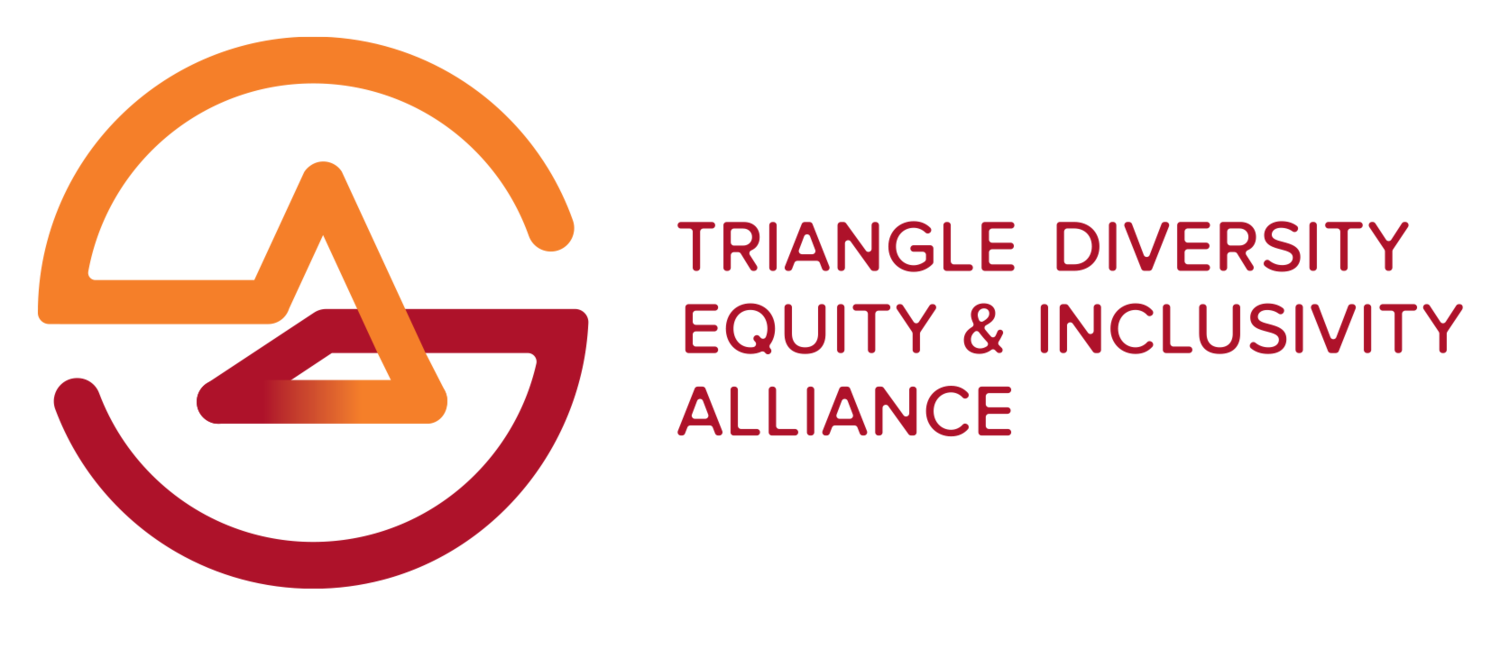Courageous Conversation: Creating Accessible Workplaces
Kamille Richardson, founder of iSee Technologies, joined us on Thursday, May 19 for a Courageous Conversation on Creating Accessible Workplaces. This conversation is so important because fostering an inclusive environment that aims to raise awareness, educate employees, and implement disability policies is key. It’s not just to attract and retain valuable talent – it is also beneficial for business. Organizations that hire people with disabilities are shown to have 28% higher revenue, double the net income, and 30% higher economic profit margins than those that do not. Diverse thinking helps organizations and hiring people with different experiences and approaches to problems helps to increase a businesses’ understanding of the market it serves.
Kamille shared her experience of applying for jobs in radio and feeling as though she was treated as a "triple threat" (or "triple blessing" as she more accurately describes herself) of being blind, black, and a woman. She eventually found a successful career path as a massage therapist, but it was not one she was truly passionate about. Kamille yearned to find a position where she could use her voice and her mind. She eventually went on to create iSee Technologies, Inc., where she serves as CEO. iSee Technologies provides education, training, and consultation to businesses on the importance of diversity and inclusion for the blind and visually impaired.
Kamille shared ways we can help create a more inclusive workplace for the visually impaired:
Build relationships with the blind community around you. Collaboration is key. When connecting with the visually impaired community, do not approach through a lens of charity, but one of truly building relationships together.
Allow wiggle room in company policies. One example of this is allowing more opportunity for remote positions, where visually impaired employees can work from home – an environment where they are already familiar with their surroundings and their workspace set up. One of the few positive effects of COVID is that it has forced a change in the work-from-home landscape, exponentially increasing the number of remote positions available.
Be aware of unconscious bias. Provide sensitivity training to hiring staff, so they have the necessary skills training to properly practice inclusivity. Do not let a fear of visually impaired individuals’ capabilities rule your decision-making and move beyond the mental block of “how” a person with a visual impairment could do the job.
The workforce employment rate for the visually impaired has historically been exceptionally low, but that is slowly changing with companies beginning to finally realize that the visually impaired are natural problem solvers, and are creative, resilient, and innovative out of necessity. The availability of assistive technology becoming more mainstream and increasingly sophisticated tremendously helps visually impaired employees to perform well both independently and on teams.
Join us in July as we continue this vital conversation at the 2022 Diversity, Equity & Inclusivity Conference in partnership with Bank of America.
